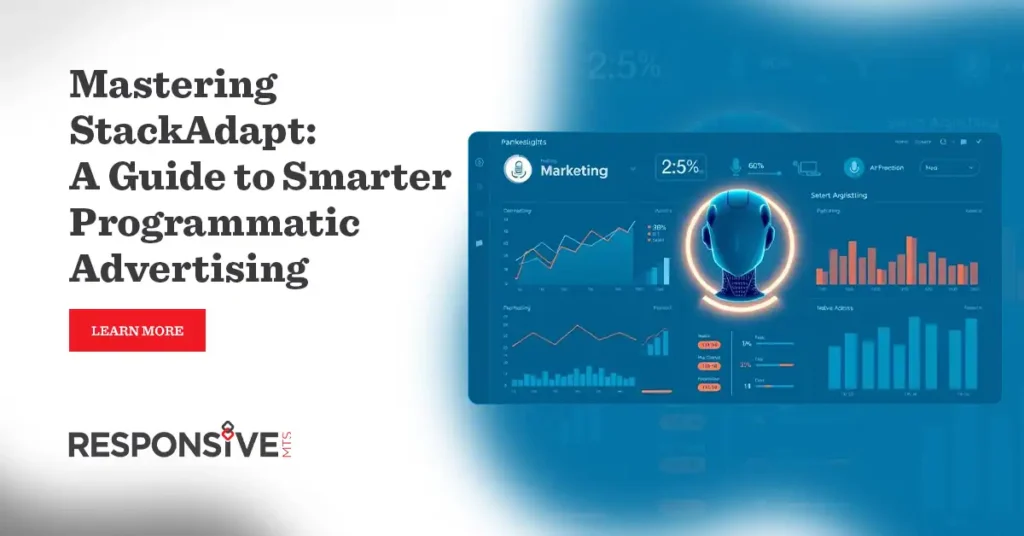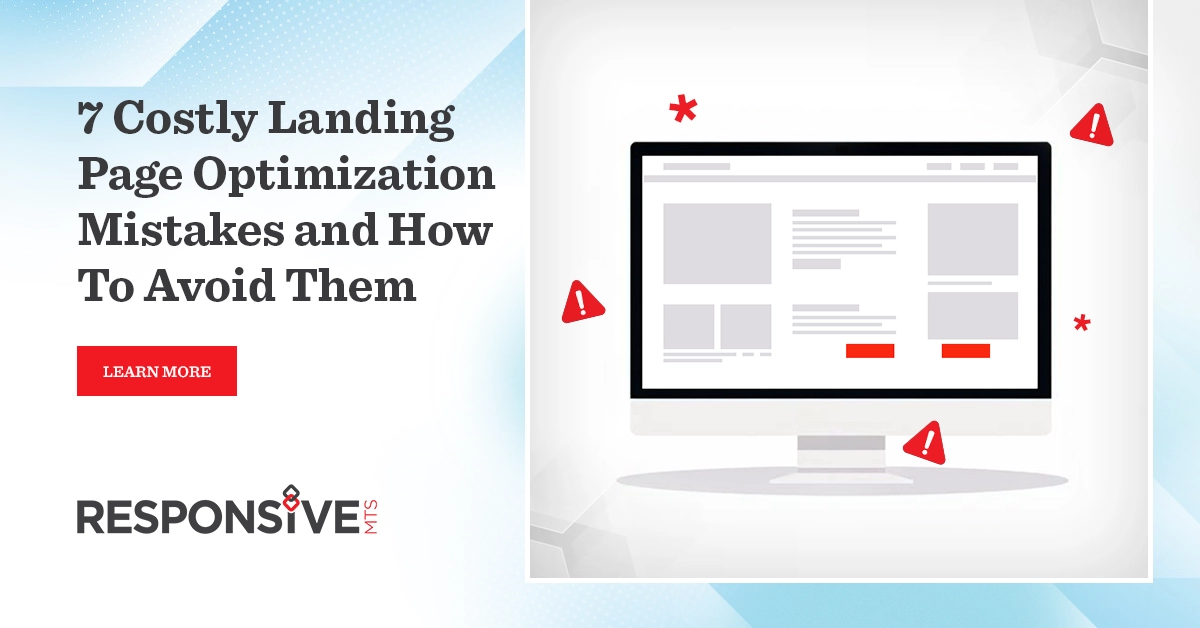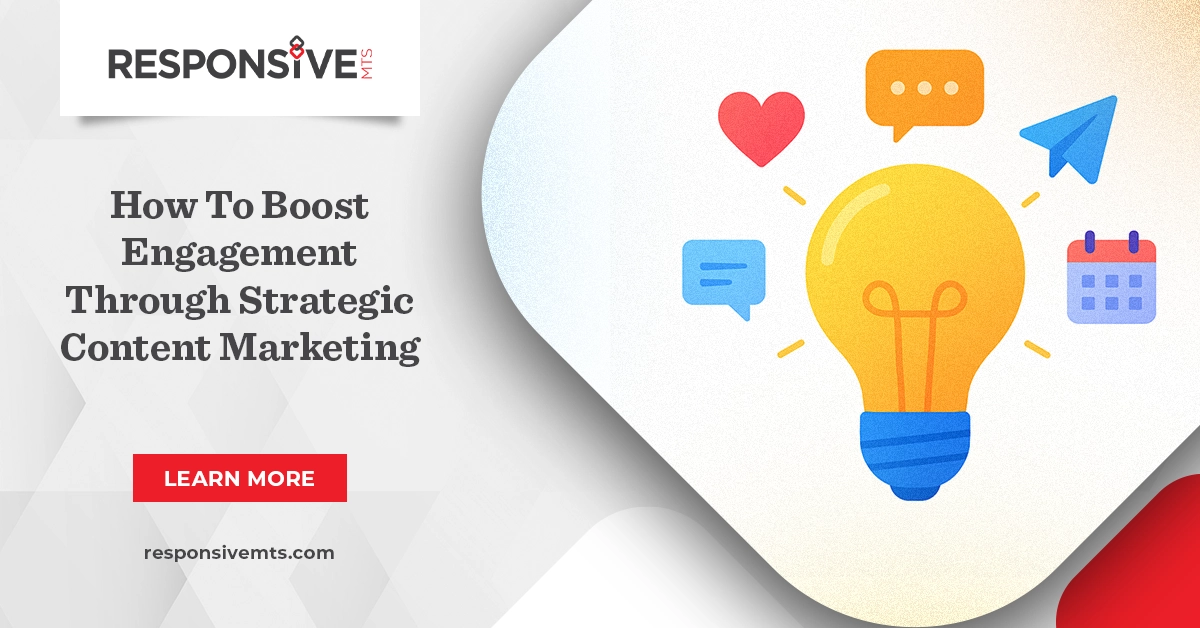StackAdapt has become the secret weapon for marketers who want to turn their advertising budget into a money-making machine. Think of it like having a super-smart assistant who never sleeps, constantly finding the perfect customers for your business across the entire internet. However, mastering this powerful platform requires understanding its unique features and strategies.
Imagine walking into a massive shopping mall where millions of people are browsing every second. Now, picture having the ability to tap specific shoppers on the shoulder – those who are most likely to love your product – and show them your advertisement at exactly the right moment. Moreover, this is precisely what StackAdapt does in the digital world.
What Makes StackAdapt Different from Other Advertising Platforms
StackAdapt stands out like a lighthouse in the crowded sea of programmatic advertising platforms. While most platforms focus on just one or two advertising channels, StackAdapt acts like a Swiss Army knife, offering multiple tools in one powerful package.
Traditional advertising platforms often feel like driving with a blindfold on. You know you’re moving forward, but you’re not sure where you’re going or who you’re reaching. In contrast, StackAdapt provides crystal-clear visibility into your campaign performance, allowing you to see exactly which audiences respond best to your ads.
The platform’s native advertising capabilities set it apart from competitors. Native ads blend seamlessly into website content, making them feel less like advertisements and more like helpful information. Furthermore, StackAdapt’s machine learning algorithms continuously optimize these native placements, ensuring your ads appear where they’ll generate the most engagement.
Real-time bidding through StackAdapt works like having a professional auctioneer who knows exactly how much to bid for premium advertising space. The platform analyzes thousands of data points in milliseconds, determining the optimal bid amount for each impression. Consequently, you avoid overpaying for low-quality traffic while securing valuable placements at competitive prices.
Understanding StackAdapt’s Core Features and Capabilities
The audience targeting features in StackAdapt resemble having a team of private investigators who know everything about your ideal customers. The platform can identify users based on their browsing behavior, purchase history, demographic information, and even their current mood or intent.
Cross-device tracking ensures your advertising message follows potential customers wherever they go online. For example, someone might see your ad on their smartphone during their morning commute, then encounter it again on their laptop at work, and finally on their tablet at home. This consistent presence increases brand recognition and conversion likelihood.
The platform’s creative optimization tools work like having a personal art director who never stops improving your advertisements. StackAdapt automatically tests different versions of your ads, determining which headlines, images, and calls-to-action generate the best results. Additionally, the system creates new ad variations based on successful elements from your top-performing campaigns.
Setting Up Your First StackAdapt Campaign Successfully
Starting your first StackAdapt campaign feels like learning to ride a bicycle – initially challenging but incredibly rewarding once you get the hang of it. The key lies in proper preparation and understanding each step of the process.
Begin by defining your campaign objectives clearly. Are you looking to increase brand awareness, drive website traffic, or generate sales? Your goal determines everything else about your campaign setup. Moreover, StackAdapt offers different campaign types optimized for specific objectives, making it easier to achieve your desired outcomes.
Audience segmentation requires careful consideration of who your ideal customers are. Instead of casting a wide net hoping to catch something, StackAdapt allows you to use laser-focused targeting. Create detailed customer personas including age ranges, interests, online behaviors, and purchasing patterns. Subsequently, the platform will find people who match these characteristics across its vast network.
Budget allocation works like managing a household budget – you need to decide how much to spend on different priorities. StackAdapt recommends starting with smaller budgets while you learn the platform, then scaling up successful campaigns. Furthermore, the platform’s automated bidding can help stretch your budget by finding the most cost-effective opportunities.
Advanced Strategies for Maximizing ROI with StackAdapt
Experienced StackAdapt users know that the platform’s true power lies in its advanced features. These tools can transform average campaigns into exceptional profit generators when used correctly.
Lookalike audiences function like having a clone machine for your best customers. Upload a list of your most valuable clients, and StackAdapt will find thousands of people who share similar characteristics and behaviors. However, the key is starting with high-quality seed data – garbage in, garbage out, as they say.
Retargeting campaigns work like gentle reminders to people who showed interest in your business but didn’t take action. These campaigns typically generate higher conversion rates because you’re reaching people already familiar with your brand. Moreover, you can create different messages for people at various stages of the buying journey.
Frequency capping prevents your ads from becoming annoying background noise. Think of it as the difference between a friendly neighbor who occasionally says hello and one who knocks on your door every five minutes. StackAdapt allows you to control how often people see your ads, maintaining positive brand perception while maximizing impact.
Measuring Success and Optimizing Performance
Understanding StackAdapt’s reporting dashboard feels like learning to read a treasure map – once you know what to look for, you’ll discover valuable insights everywhere. The platform provides detailed metrics that help you understand not just what happened, but why it happened.
Click-through rates (CTR) tell you how compelling your ads are to your target audience. Think of CTR as a popularity contest – higher rates indicate your ads are resonating with viewers. However, don’t focus solely on clicks; quality matters more than quantity. A lower CTR with high-converting traffic often outperforms high CTR with poor-quality visitors.
Cost per acquisition (CPA) reveals the true efficiency of your campaigns. This metric shows exactly how much you spend to gain each new customer. Moreover, tracking CPA helps you identify which audiences, ad formats, and targeting strategies deliver the best return on investment.
A/B testing becomes your secret weapon for continuous improvement. Test different headlines, images, calls-to-action, and targeting parameters to discover what works best for your specific audience. Furthermore, StackAdapt’s statistical significance indicators help you make data-driven decisions rather than guessing.
Common Mistakes to Avoid When Using StackAdapt
Even experienced marketers make costly errors when using StackAdapt. Learning from these common mistakes can save you time, money, and frustration while accelerating your success.
Over-targeting represents one of the biggest pitfalls for new users. While precise targeting seems appealing, making your audience too narrow can limit campaign reach and increase costs. Think of it like fishing in a small pond versus a large lake – sometimes you need more space to catch enough fish. Therefore, start with broader targeting and narrow down based on performance data.
Neglecting mobile optimization is like opening a store but locking half the doors. Mobile devices generate significant traffic, and your ads must look great on smaller screens. Additionally, mobile users behave differently than desktop users, often requiring different messaging and calls-to-action.
Ignoring frequency leads to ad fatigue, where people become annoyed by seeing the same advertisement repeatedly. This irritation can damage brand perception and waste advertising budget. Moreover, StackAdapt provides frequency data to help you identify when ads are overexposed.
Integrating StackAdapt with Your Overall Marketing Strategy
StackAdapt works best when integrated seamlessly with your broader marketing efforts. Think of it as one instrument in an orchestra – it can play beautifully alone, but creates magic when harmonized with other marketing channels.
Cross-channel attribution helps you understand how StackAdapt campaigns influence performance across all marketing channels. For example, programmatic display ads might not generate direct sales but could increase branded search volume or email sign-ups. Moreover, this holistic view helps you allocate budget more effectively across different marketing initiatives.
Customer lifetime value (CLV) considerations should influence your StackAdapt campaign strategies. Acquiring customers with higher CLV justifies higher acquisition costs, allowing you to bid more aggressively for premium placements. Furthermore, understanding CLV helps you create more sophisticated audience segments based on predicted value rather than just demographic characteristics.
Ready to simplify your programmatic ads? Let’s build smarter campaigns together. Contact Responsive MTS today.
Frequently Asked Questions About StackAdapt
StackAdapt specializes in programmatic advertising across thousands of websites and apps, while Google Ads and Facebook Ads focus on their own platforms. Moreover, StackAdapt offers more sophisticated audience targeting options and cross-device tracking capabilities. The platform also provides better transparency into ad placements and pricing, giving advertisers more control over their campaigns.
StackAdapt doesn’t have a strict minimum budget requirement, but successful campaigns typically start with at least $1,000-$2,000 per month. However, smaller budgets can work for testing purposes or highly targeted local campaigns. Furthermore, the platform’s automated bidding helps maximize results regardless of budget size by finding the most cost-effective opportunities.
Yes, StackAdapt serves both B2B and B2C advertisers effectively. The platform offers specialized targeting options for business audiences, including job title, company size, and industry targeting. Additionally, StackAdapt’s native advertising formats work particularly well for B2B content marketing, while display and video ads excel for B2C brand awareness campaigns.
Most StackAdapt campaigns begin generating data within 24-48 hours of launch. However, meaningful optimization typically requires 7-14 days of data collection. Moreover, the platform’s machine learning algorithms become more effective over time, with significant improvements often visible after 30 days of continuous optimization.
StackAdapt works for businesses of all sizes, from small local companies to large enterprises. The platform’s self-serve interface makes it accessible to small business owners, while managed services are available for larger organizations. Furthermore, StackAdapt’s automated optimization helps smaller businesses compete effectively without requiring extensive programmatic advertising expertise.




